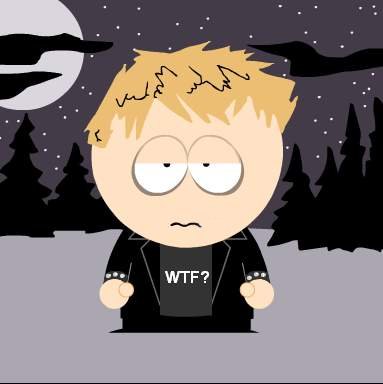.
Someone else will probably explain this in a much better way, but I’ll give it a go. I’ll explain DC, AC is a bit more complex.
Current is the flow of charge. Atoms are made up of a nucleus, surrounded by electrons. The electrons are loosely held, meaning they can travel around to other atoms.
In simple terms, batteries have an accumulation of atoms with extra electrons which are lost more easily, meaning the electrons want to move away. This is known as electric potential. Since there is a lack of electrons (aka positive charge) in the opposite terminal of the battery, the electrons move from the negative to the positive terminal, or we say the positive charge moves from the positive to the negative terminal, through the circuit.
Metals are known to let charge flow within them, so they are used as conducting wires in circuits. When electrons flow through the circuit, the energy with which they flow can be harnessed. Example, if we add a resistance to their path which glows, you have a bulb.
Motors work in a different way. When current flows through a circuit, it has a magnetic effect on its surroundings, so it can interact with magnets. This is harnessed to make rotational motion. It helps if you watch videos, as the visual representation is infinitely better.
I am also still learning, so if anyone finds any mistakes whatsoever, please do let me know. I intentionally didn’t use the falling water analogy, as that didn’t help me at all when I was learning this topic.
ELI5: when electricity moves, it creates an area around it that pushes on things nearby, and that makes those things move. Some things are more sensitive to that electric force than others, which is called magnetism. It’s an invisible force though, just like how you can’t see gravity. When something that is magnetic is near electricity, they react to each other and that causes things to move, or glow, or heat up, and other stuff.
Beyond 5:
Most people have electricity explained using the water analogy. That is that electrons flowing through a wire are analogous to water flowing through a pipe. More conductive or larger wires are like having a bigger pipe. More flow equals more electricity, which equals more power.
This isn’t quite right. The flow of electrons doesn’t create any power. The flow of charged particles creates electromagnetic fields. These fields result in a physical force on objects that are responsive to those fields. Think of it like gravity. Gravitational fields affect matter with mass, and electromagnetic fields affect matter through an inherent magnetic quality. So, the electrons don’t actually push on anything, they create an electromagnetic field, and that creates a physical force.
Veritasium does a pretty good job of explain these in better detail with these two videos. Tiny Magnet (https://www.youtube.com/watch?v=hFAOXdXZ5TM&ab_channel=minutephysics) & Electricity Misconception (https://www.youtube.com/watch?v=bHIhgxav9LY&ab_channel=Veritasium)
tl;dr it’s magic. It’s all magic. Zap zap bzz bzz
Any sufficiently advanced technology…



